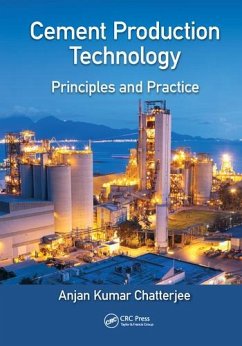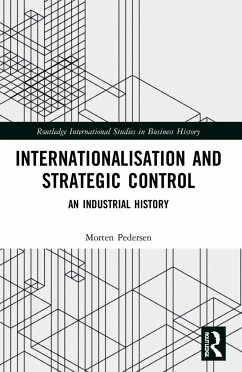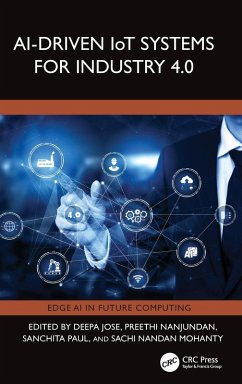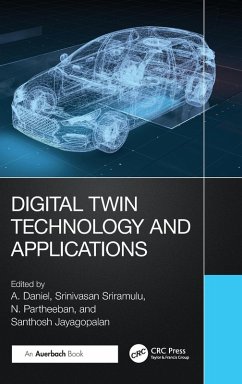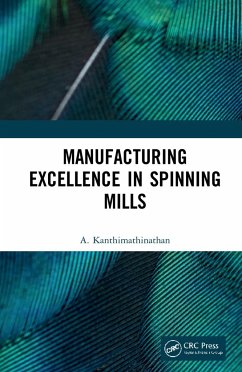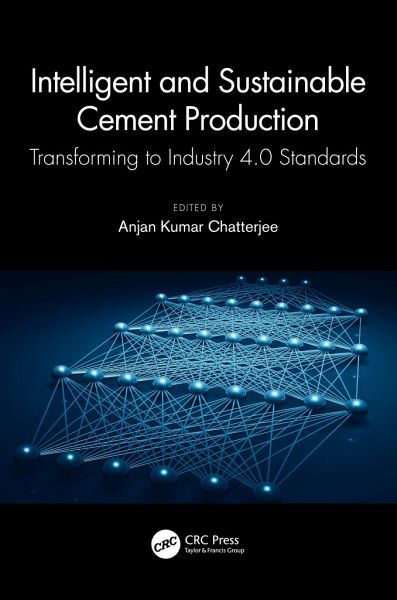
Intelligent and Sustainable Cement Production
Transforming to Industry 4.0 Standards
Herausgegeben: Chatterjee, Anjan Kumar

PAYBACK Punkte
89 °P sammeln!
This book captures the path of digital transformation that the cement enterprises are adopting progressively to elevate themselves to 'Industry 4.0' level. Digital innovations-based Internet of Things (IoT) and Artificial Intelligence (AI) are pertinent technologies for the cement enterprises as the manufacturing processes operate at very large scales with multiple inputs, outputs, and variables, resulting in the essentiality of big data management. Featuring contributions from cement industries worldwide, it covers various aspects of cement manufacturing from IoT, machine learning and data an...
This book captures the path of digital transformation that the cement enterprises are adopting progressively to elevate themselves to 'Industry 4.0' level. Digital innovations-based Internet of Things (IoT) and Artificial Intelligence (AI) are pertinent technologies for the cement enterprises as the manufacturing processes operate at very large scales with multiple inputs, outputs, and variables, resulting in the essentiality of big data management. Featuring contributions from cement industries worldwide, it covers various aspects of cement manufacturing from IoT, machine learning and data analytics perspective. It further discusses implementation of digital solutions in cement process and plants through case studies.
Features:
Present an up-to-date, consolidated view on modern cement manufacturing technology, applying new systems.Provides narration of complexity and variables in modern cement plants and processes.Discusses evolution of automation and computerization for the manufacturing processes.Covers application of ERP techniques to cement enterprises.Includes data-driven approaches for energy, environment, and quality management.
This book aims at researchers and industry professionals involved in cement manufacturing, cement machinery and system suppliers, chemical engineering, process engineering, industrial engineering, and chemistry.
Features:
Present an up-to-date, consolidated view on modern cement manufacturing technology, applying new systems.Provides narration of complexity and variables in modern cement plants and processes.Discusses evolution of automation and computerization for the manufacturing processes.Covers application of ERP techniques to cement enterprises.Includes data-driven approaches for energy, environment, and quality management.
This book aims at researchers and industry professionals involved in cement manufacturing, cement machinery and system suppliers, chemical engineering, process engineering, industrial engineering, and chemistry.




